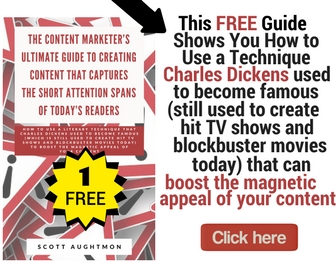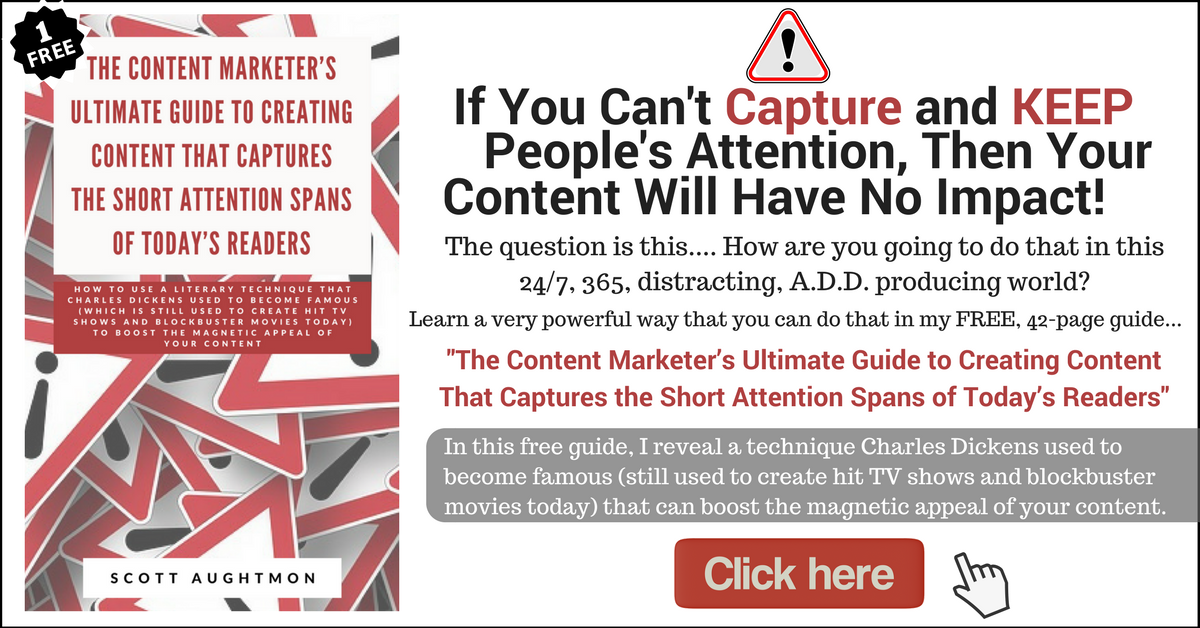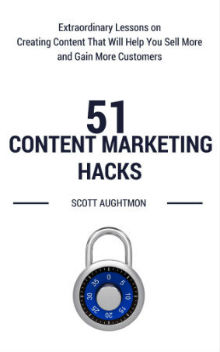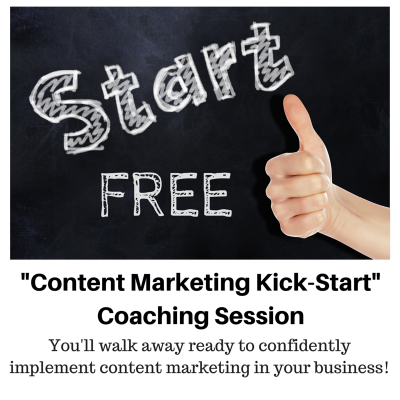“The brain is a wonderful organ. It starts working the moment you get up in the morning, and does not stop until you get into the office.” – Robert Frost
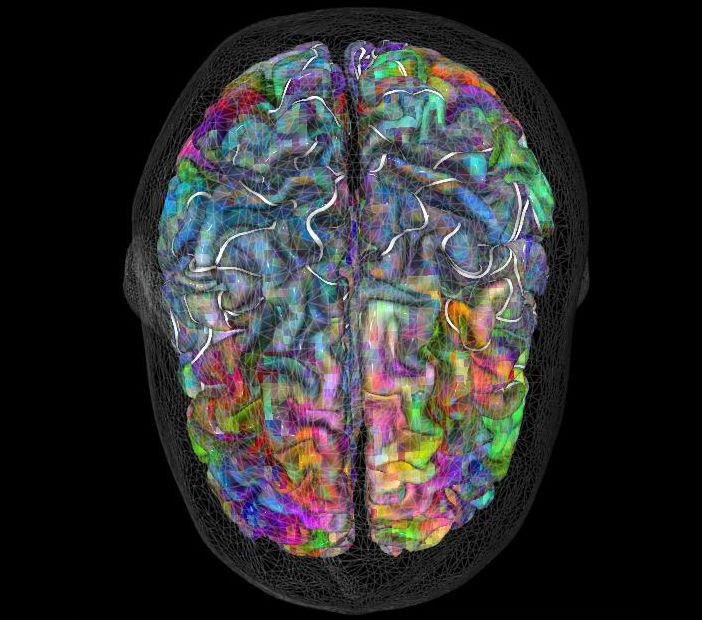
The activity in the brain when hearing stories http://gallantlab.org/huth2016/
This Is Your Brain on Stories
I’ve talked before about the reason why stories are so needed and so powerful when they are used in content marketing.
So I KNEW, beyond a shadow of a doubt, that stories were powerful. I’ve seen the effect that they have on people!
But it wasn’t until I was listening to an episode of the “Freakonomics” the other day, that I knew the reason why this is true based on Neuroscience.
In other words, I suddenly understood what stories do inside our brains which, in turn, gave me the neurological reason why stories are so powerful.
Let me explain…
I was listening to a “Freakonomics” episode called This Is Your Brain on Podcasts yesterday and Stephen J. Dubner was interviewing a guy named Jack Gallant.
I found out that Jack Gallant is a professor at UC Berkeley who does research focused on Cognitive Neuroscience and Behavioral and Systems Neuroscience. And it was during one of his research projects that he discovered what stories actually cause to happen within our brains.
The Study They Didn’t Have to Pay People to Be a Part Of
Gallant and his team decided to test people while they listened to The Moth Radio Hour. They chose this because normally laying in an MRI scanner is very boring, because they just flash words at the person inside the machine.
This is not the way to get brain activity going! 🙂
But the stories they share on The Moth are much different than flash cards. The stories are very engaging and compelling. In other words, people can’t NOT pay attention to these stories!
In fact, people loved the stories so much that Gallant said that they didn’t even have to pay the test subjects, like they usually do. It was the perfect way to test how the brain responds to stories.
The people in the MRI scanners listened to a couple hours of stories. As they did, Gallant and his team measured their brain activity by measuring the changes in blood flow and blood oxygen in different locations across the brain.
As they measured these things, Gallant and his team tried to figure out what information in the stories was creating the activity at the different locations in the brain.
And that’s when Gallant and his team found something they weren’t expecting.
Stories Light Up the Brain
Gallant said that stories didn’t really activate the normal auditory part of the cortex, like they expected them to. Instead, stories activated a larger constellation of areas in the brain – areas that represent different aspects of meaning.
Listen to what Gallant says about it in his own words…
“…the one very surprising thing from this study is that semantic information, the meaning of the stories, is represented broadly across much of the brain. All of those various areas of the brain represent different aspects of semantic information, in these really complicated maps that are very, very rich but fairly consistent across different individuals.” – Jack Gallant, Interviewed on Freakonomics episode This Is Your Brain on Podcasts
Why do stories do this? Read on and I’ll explain…
My Version of Why the Brain “Light Ups” on Stories
My “take” on what Gallant said about why our brains light up is this….
When we are hearing or listening to a story, our brain isn’t just listening to dry information:
- It’s engaging with the stories.
- It’s trying to comprehend what’s happening in the story.
- It’s analyzing and calculating any numerical details in the story.
- It’s connecting the details of the story with its past experience and knowledge.
- It’s trying to anticipate what will happen next.
- It’s seeing what you’re describing.
- It’s feeling the emotions involved in the story
I’d say it simply like this: Your brain enters and experiences stories!
Your brain can ignore dry facts. It passively take in data and stats. But when you tell a story (if you tell it well), then the brain wakes up and plays along!
This is why stories are so powerful.
This is why you MUST use them in your content marketing.
How to Tell More Engaging Stories
If you want to learn more about how to tell stories that light up the mind, then check out my previous posts below:
3 Ways to Tap Into the Most Powerful Content Tool Ever Created – ContentMarketingInstitute.com
Have You Been Using the Most Powerful Content Marketing Tool Incorrectly? – MarketingInsiderGroup.com)
If you want to go even DEEPER and learn MORE about how to create engaging content, then contact me and I can tell you about my upcoming Content Boosters course.
If You Liked This Post…
If you liked this post, then you might want to:
- Read my last post: How Content Marketing Saved the $10 Bill
- Share my infographic: 7 Ways to Create Boring Content: Lessons from a Boring College Professor
- Or this infographic: The Oldest Content Marketing Examples You Probably Haven’t Seen (INFOGRAPHIC)
- Hire me to come speak about this topic (or another topic)
- Subscribe to this blog, so you don’t miss the next post!
- Read my last series of posts on the power of serialized content here: How Content Marketers Can Use a Literary Technique That Made Charles Dickens Famous
- Learn why your content marketing isn’t working here
- Read my “Small Business Book Awards” nominated book: 51 Content Marketing Hacks
- Hire me to help you to create and implement a successful content marketing strategy for your business
- Share this post with your friends and followers
- Or ALL OF THE ABOVE!

